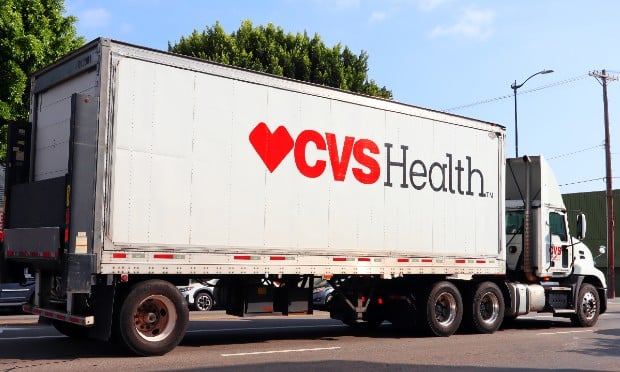The United States labor force is built on the shoulders of smallbusinesses. Over one-third of the workforce is employed by a firmwith under 100 employees — whether that be in hospitality, foodservices, or startups. This number represents over 40 millionemployees[1],a number that with the fortune of a thriving economy, highlightedby the recent jobs report, will onlycontinue to grow[2].But the positivity of the jobs report doesn’t seem to be resonatingwith small business owners who are feeling something elseentirely.
The National Federation of Independent Businesses has found thatthe optimism of small and independent businessowners has waned. Their “Small Business OptimismIndex” took into account small business plans to increaseemployment and inventories, as well as their expectations ofpersonal sales and overall economic and credit improvement, all ofwhich declined from December 2015[3].The report points to the largest economic challenges facing smallbusinesses today: balancing affordability with growth.
This balancing act has long been witnessed in the small businesshealth insurance market where consistently the majority of smallbusinesses have not offered health insurance benefits primarily outof fears of affordability. Oddly enough, this reality has notchanged much since the passage of the Affordable Care Act[4].
Continue Reading for Free
Register and gain access to:
- Breaking benefits news and analysis, on-site and via our newsletters and custom alerts
- Educational webcasts, white papers, and ebooks from industry thought leaders
- Critical converage of the property casualty insurance and financial advisory markets on our other ALM sites, PropertyCasualty360 and ThinkAdvisor
Already have an account? Sign In Now
© 2024 ALM Global, LLC, All Rights Reserved. Request academic re-use from www.copyright.com. All other uses, submit a request to [email protected]. For more information visit Asset & Logo Licensing.








